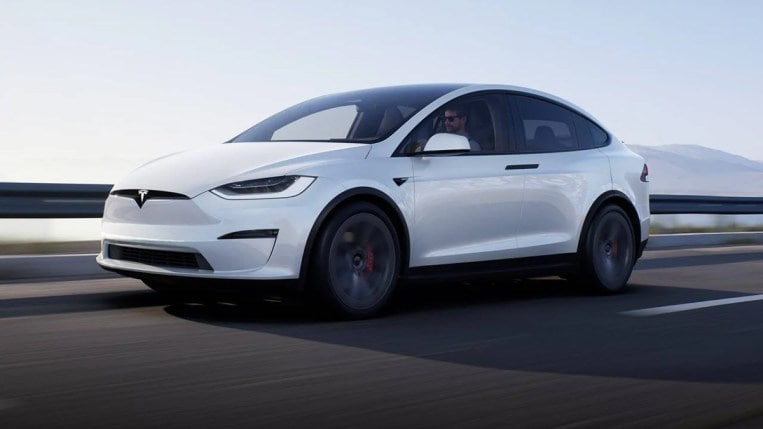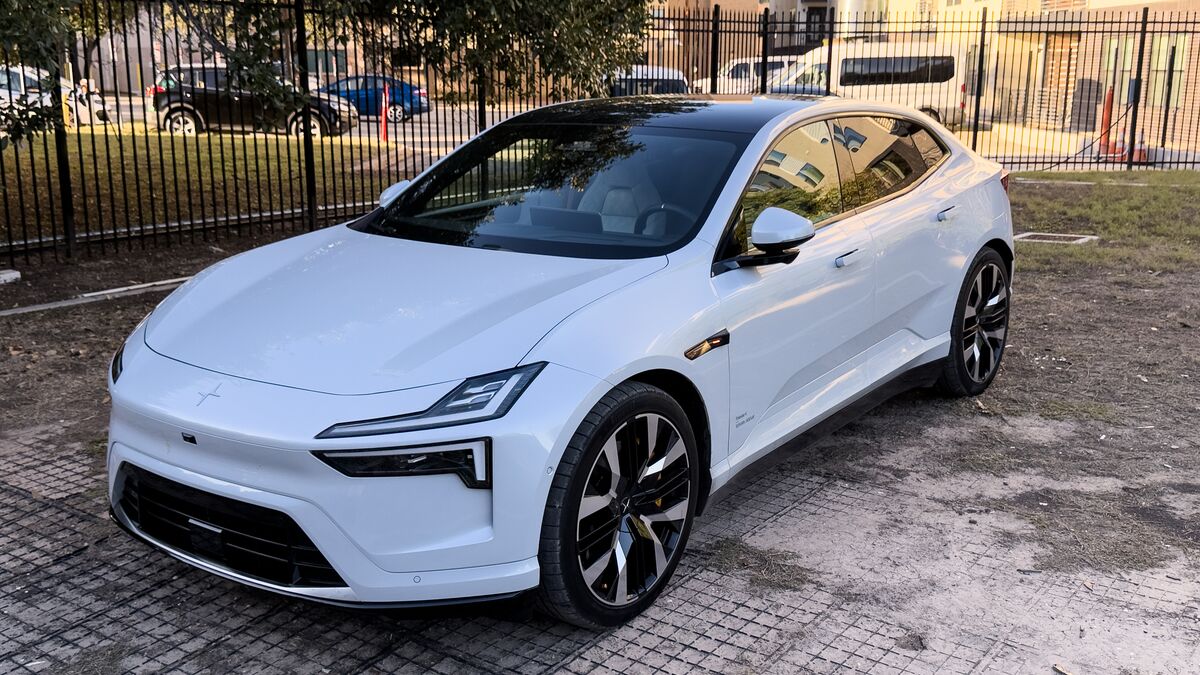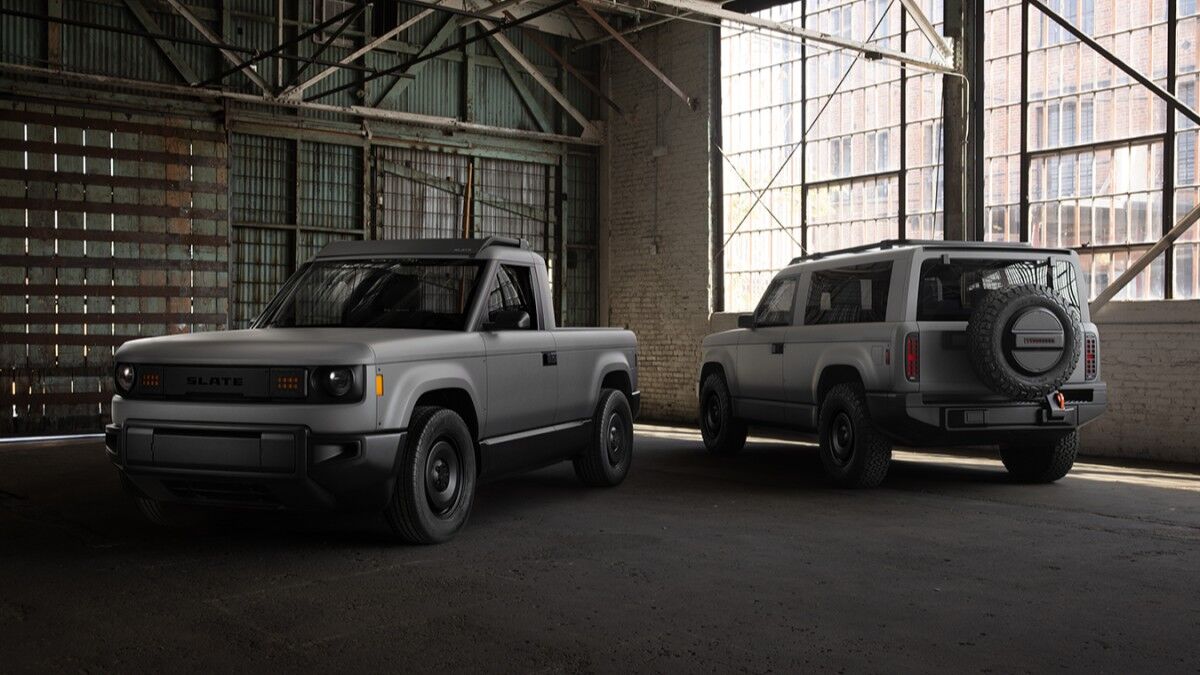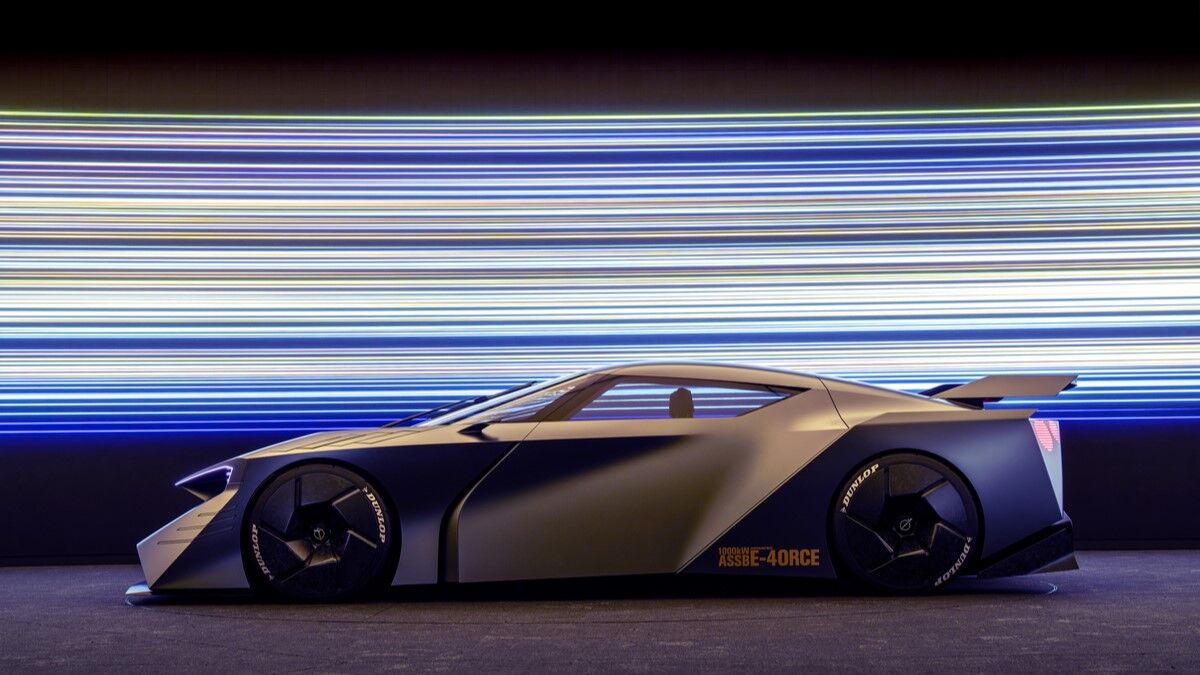
Tesla is the only automaker that doesn’t operate a public relations department or answer reporters’ questions. So the company made no public announcement of the update. But Tesla owners have begun posting to social media that their cars are downloading the update.
The updated software is designed to address several specific concerns raised by the National Highway Traffic Safety Administration (NHTSA). But it doesn’t end the several federal investigations or owner lawsuits related to Tesla’s automation software and the company’s process for rolling it out.
What Is Full Self-Driving?
Tesla sells three separate driver assistance programs. None provide self-driving capability, though one is literally sold under the name “Full Self-Driving Capability.”
Autopilot is standard on all Tesla models, though it has sometimes been an added-cost option. It includes an intelligent cruise control that matches the car to the speed of the surrounding traffic. A lane-centering function helps keep the vehicle in the center of its lane.
Enhanced Autopilot is a $6,000 option. It adds navigating highway on- and off-ramps and interchanges on top of what Autopilot can do. It also adds a self-parking system and includes a “summon” function that lets owners call the car to them at parking-lot speed from nearby.
Full Self-Driving Capability is now a $15,000 option. Tesla says it will read and react to traffic lights and stop signs and steer around some turns with the driver’s “active supervision.”
The Controversy — A “Test” Where We’re All Subjects
The company says Full Self-Driving is not ready or final. However, you’re sharing the road with it every day.
How does that work? Tesla says the software is in “beta testing.” It allows owners to use it on public roads if they sign a complex series of waivers and asks them to submit reports about any mistakes it makes so engineers can perfect it.
Beta testing is not unusual with new software. But federal and state officials have raised questions about the safety and legality of “testing” software by letting it drive a vehicle on public roads where it can cause accidents.
Tesla owners may have signed on to be part of the tests. No one else did.
The Department of Transportation may have several concurrent investigations of the software running. CNBC reports that the agency “is looking into at least 41 crashes involving Tesla vehicles where automated features” may have played a role.
Reuters has reported that the Department of Justice is conducting a probe that could result in criminal charges. Last month, Tesla confirmed that report, warning investors that the Justice Department has asked for documents as part of an investigation.
The Securities and Exchange Commission has also said it is investigating whether Tesla CEO Elon Musk may have made improper statements promoting the software that could run afoul of securities law.
A group of Tesla owners has also sued the company, alleging it missed promised deadlines to release a final version of the software for which they paid up to $15,000. Tesla lawyers have asked the court to dismiss the case, arguing that “failure to realize a long-term, aspirational goal is not fraud.”
How Other Automakers Test
Full Self-Driving is far from the only system of its kind. Many automakers are experimenting with automation systems.
But most conduct their testing on closed courses without other drivers who haven’t consented to be part of a test.
Some systems, like General Motors’ Super Cruise or Ford’s BlueCruise, have now been rolled out for usage on a limited set of pre-mapped highways.
Full Self-Driving isn’t the most advanced system for sale, either. Mercedes-Benz has received authorization to sell a system called Drive Pilot on two vehicles in Nevada. Drive Pilot is what engineers call a Level 3 automation system. That means it allows drivers to look away from the roadway while it’s driving. Full Self-Driving, like BlueCruise and Super Cruise, is a Level 2 system. That means drivers must always monitor it and be ready to correct its mistakes in a split second.
The Recall
All the federal investigations of Tesla’s approach are, as far as we know, ongoing. But in February, the National Highway Traffic Safety Administration forced Tesla to recall the software to fix a specific set of problems.
NHTSA officials, for instance, objected that the software would travel through yellow lights, slow but not stop at stop signs, and use a turn-only lane to travel straight.
This update is designed to fix those problems.
Tesla had paused the rollout of the software while awaiting the fix. New buyers could still pay $15,000 for it, but they couldn’t activate it. The update may mean new Tesla buyers can once again activate the software. We’ve reached out to a Tesla sales representative to ask. But, if the company’s usual practices hold, they won’t respond to our questions.







